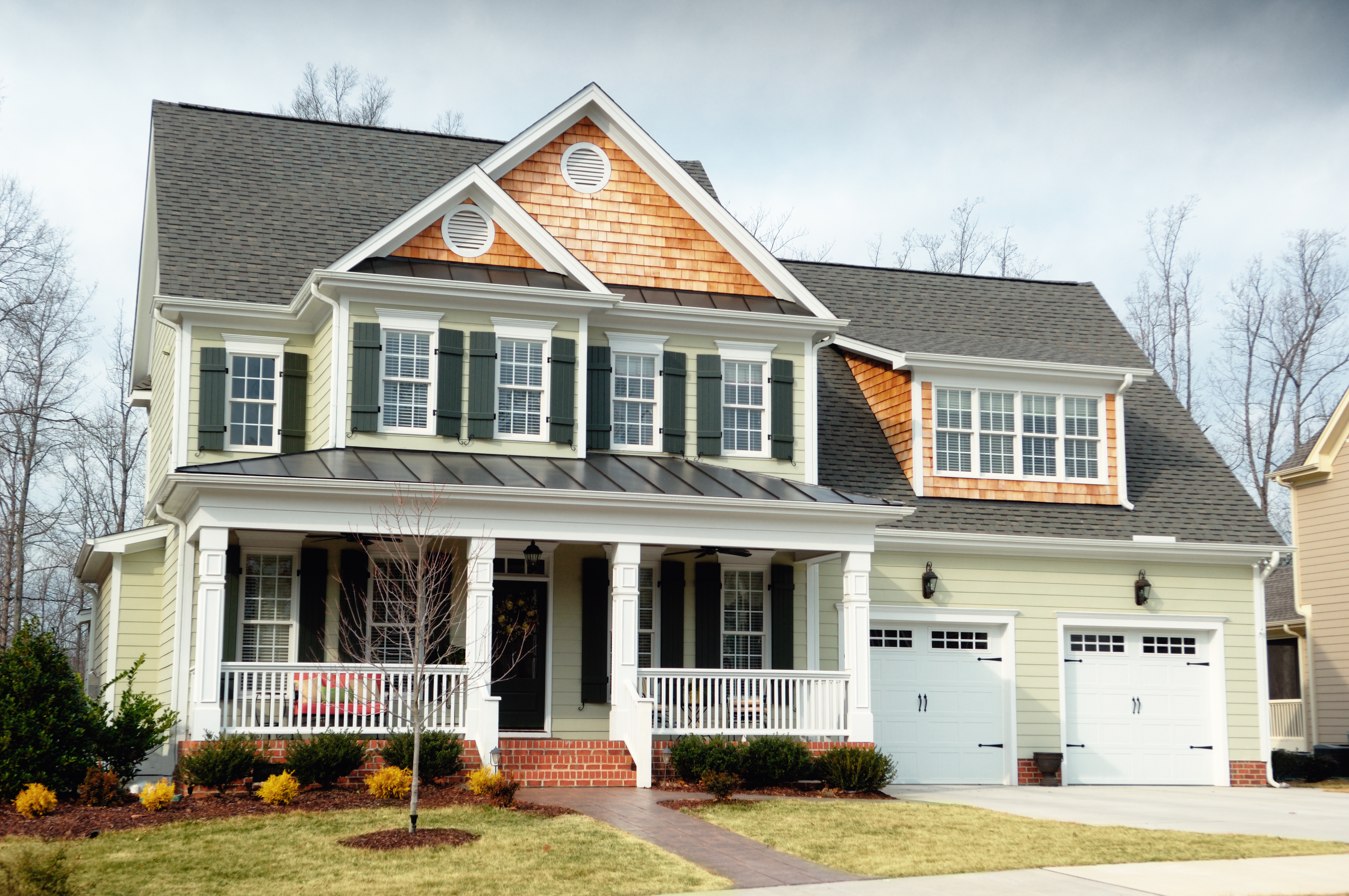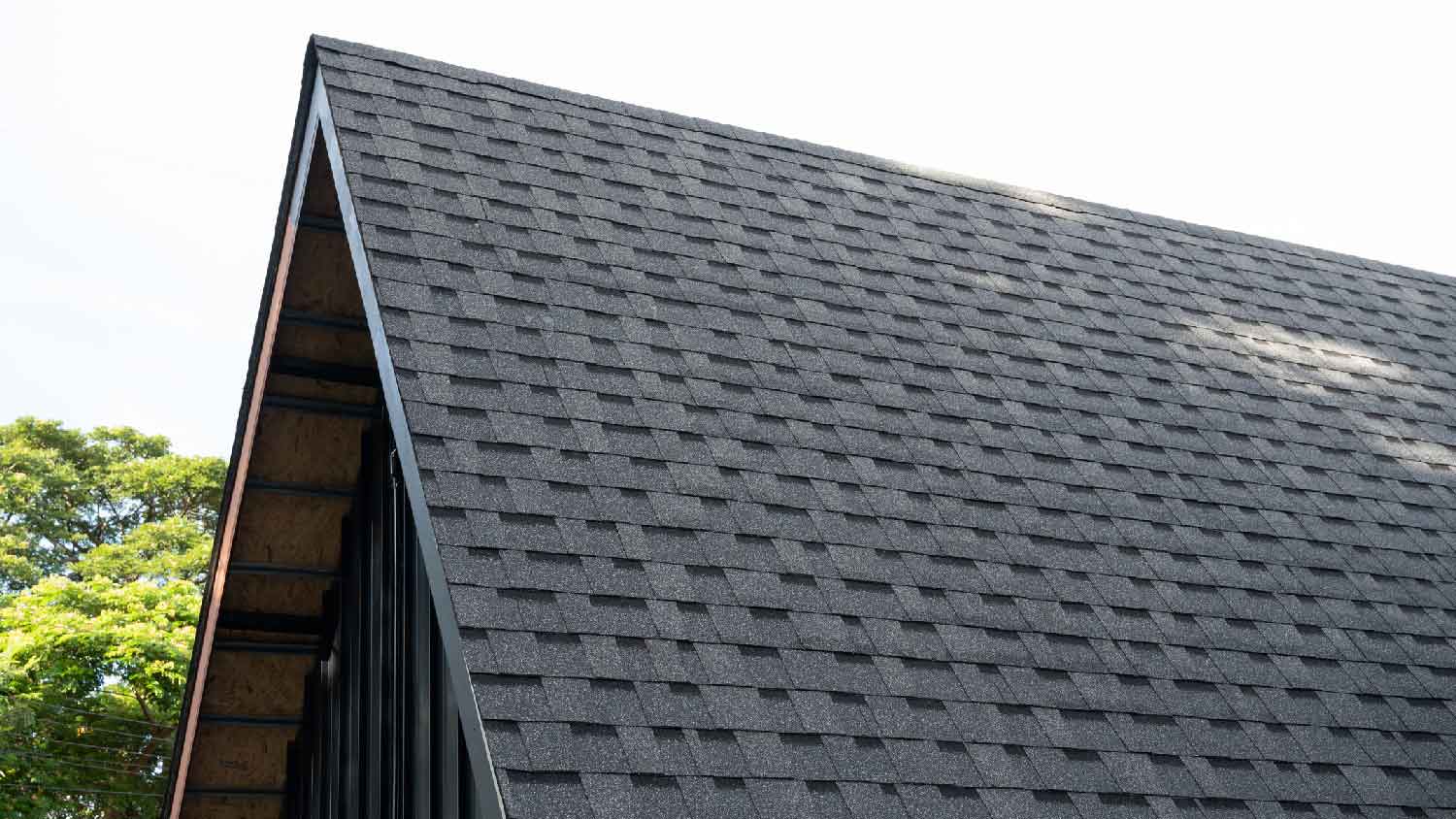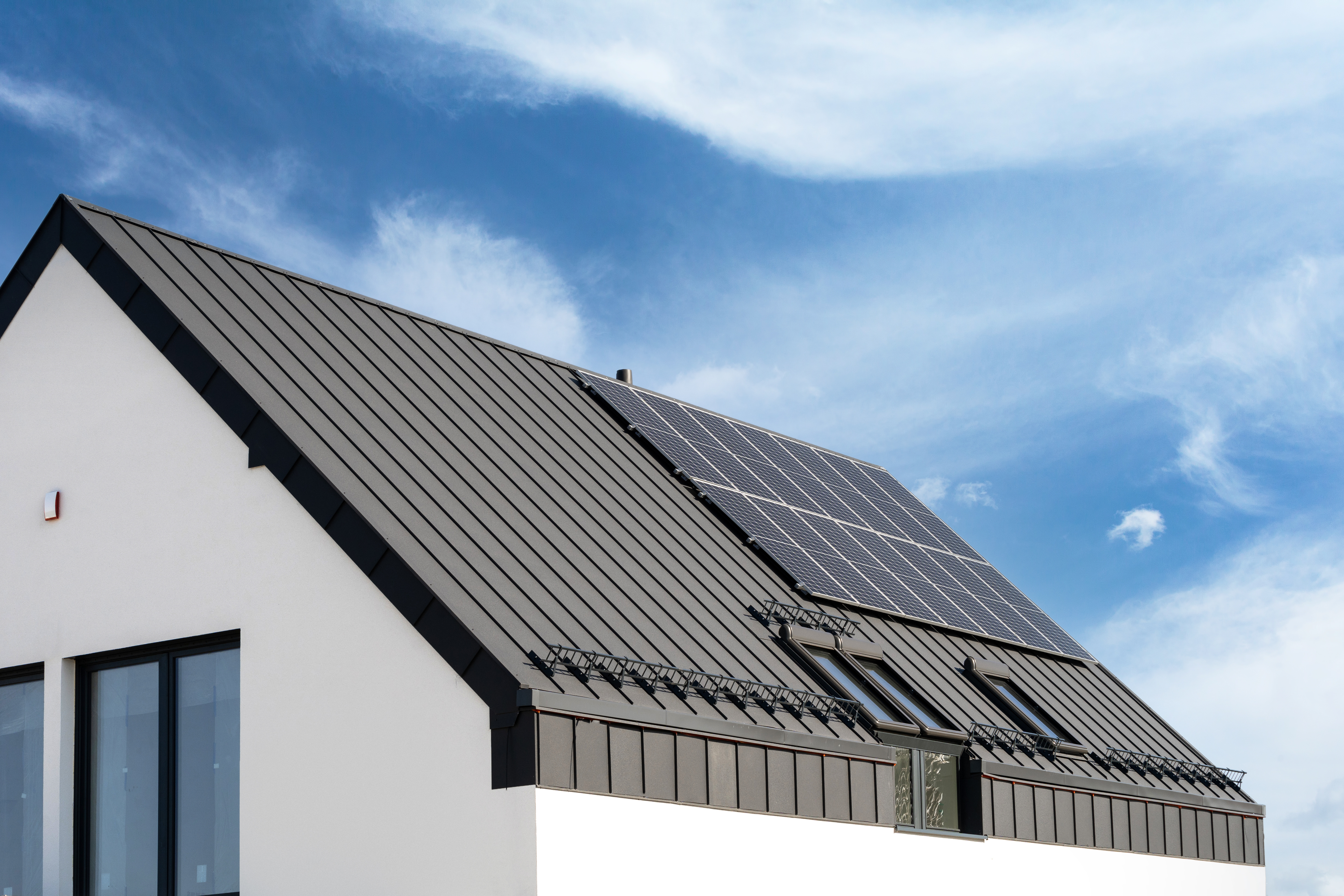
Dealing with a visibly damaged roof or leak? Learn about roof repair costs in Columbus to see how much you’ll need to budget for a permanent solution.
Your shingles may not always outlive your expectations


Architectural shingles, a type of asphalt shingle, combine form and function. If you're considering this type of roofing material for your home, you've likely wondered how long architectural shingles last. On average, they last about 30 years, but a few critical factors will determine how long you'll get out of your architectural shingles.
Similar to the life span of standard asphalt shingles, architectural shingles often claim to have a life span of up to 30 years. The "up to" part is important, as it's very rare for the shingles to actually survive for that long. Under ideal conditions, your roof's shingles may last 20 or 25 years. In less-than-ideal conditions, the shingle may last just ten years, or possibly even less.
Multiple factors influence the life span of architectural shingles, including the weather in your area, the quality of the installation job, and how well you maintain the shingles.
Your roof protects your home's structure and contents from rain, wind, and other weather conditions. As it's fulfilling its role, the roof also takes a beating. Living in an area that sees a lot of weather events, whether they are heavy rains or high winds, can take a toll on your architectural shingles, shortening their overall life span.
Some types of architectural shingles are designed to better withstand unpleasant weather than others. If you're considering replacing your roof's shingles, talk to a local roofing company about long-lasting, weather-resistant options.
The quality of the installation ultimately impacts the longevity of your roof. Even the highest quality shingles won't be able to survive for long if they are improperly installed. Working with a professional roofing company, and vetting that company before you hire them, is a must to ensure quality work.
Your roof may need small repairs occasionally, but the only way to know that is to have it regularly inspected. A neglected roof won't last as long as one that's cared for. To help your architectural shingles last as long as possible, schedule annual roof inspections and follow the recommendations the roof inspector gives you.
Regular upkeep of the area around your roof will also help extend the life of its shingles. If there are trees nearby, keep them trimmed so branches are less likely to fall on the roof. Clean leaves and debris out of the gutters often to prevent water from overflowing and damaging the roof.

Taking a look at your roof from time to time (without necessarily climbing up on the roof) can help you keep tabs on the state of your shingles. Keep an eye out for:
Visible cracks in the shingles.
Shingles that are curling or peeling away from the roof.
Roof sagging.
Missing shingles.
Leaking or moisture damage inside your house.
While you may not be able to get a full 30 years out of your architectural shingles, there are several things you can do to extend your roof's life:
Create a maintenance schedule: Make getting an inspection an annual event, so that you keep up with the overall condition of your roof.
Ventilate your attic: A poorly ventilated attic causes moisture buildup, which will shorten the life of your roof and shingles. Installing vents or a fan can help improve airflow.
Keep the roof clean: Trimming tree branches and removing fallen leaves and twigs will help to extend your roof's life span.
But not too clean: However, using a power washer to remove algae or dirt can actually damage the shingles, shortening their lives. Be careful about the tools you use to clean your roof.
Shingles often have a warranty, but what that means depends in large part on the type of warranty selected.
Standard warranty: Typically, a standard warranty is good for as long as you own your home and covers the shingles you purchased, not the installation. Often, the warranty only offers protection against defects in the shingles, rather than damage caused by weather or other conditions.
Contractor warranty: A contractor warranty offers protection in case the work the roofing company performs is low-quality or has errors that lead to shingle damage.
Extended warranty: An extended warranty provides protection against defects and problems with installation. It usually protects all of the roof's components, not just the shingles.
Most warranties won’t provide coverage if your roof is damaged in a storm or due to neglect.

Whether it's time to repair or replace a roof with architectural shingles depends on a few factors. If only a small area is damaged or worn out, repairing that section can be the most cost-effective and simplest option.
For more extensive damage or overall wear-and-tear, a roof replacement may be the better option. It will cost more upfront, but you'll reset the clock on your roof, giving it a whole new life.
From average costs to expert advice, get all the answers you need to get your job done.

Dealing with a visibly damaged roof or leak? Learn about roof repair costs in Columbus to see how much you’ll need to budget for a permanent solution.

Learn about roof replacement costs in Columbus and what factors are at play to budget accurately and make sure you’re getting a fair price.

A metal roof can defend your home against Ohio’s varying weather conditions. Learn how much a metal roof costs in Columbus, OH.

Understanding the available types of roof trusses helps you create the desired shape and support for your roof. Learn more about the different options.

Sharpen your skills and smooth your cuts with this DIY guide to cutting metal roofing. We cover everything from measurements and safety gear to which tools will give you the cleanest cut.

Follow these four straightforward steps to install hurricane ties. The number of ties and the demand load will impact the project.